Instrumentation engineering processes have many types of controls for manipulating a signal and achieving the desired output. You must have heard of popular control methods like PID, cascade control, or feedforward control.
However, many of the engineers do not have an idea of one more popular control method – override control. The override control is a very critical design control method and requires proper knowledge of the process, logic, and instrument behavior. But, once controlled, it is a very useful tool to keep the system under proper performance.
Override Control
Override control is a method which employs two or more controllers in a process, for manipulating a single variable. In normal conditions, the variable will be controlled according to the various controllers.
But, in case of an emergency, all these controllers will be bypassed and a critical controller will bring the system to normalcy. Once normal, the critical controller will go out of the picture and the remaining controllers will come into process again.
So, override control means various processes are bypassing each other according to the situation. For this, the engineer must define priorities, instrument performance, and logic accordingly.
There is a selector in this logic – high and low. If high is selected, then the process will bring a critical controller into the process if the variable exceeds a set parameter. If low is selected, then the process will bring a critical controller into the process if the variable goes below a set parameter.
So, when you are designing an override control system, the most important thing to decide is priority. It works simply for two controllers, but in case of more than two, you must decide which one will bypass what. And which will be the highest level of control, which will bypass all and will be overridden only when the situation becomes normal.
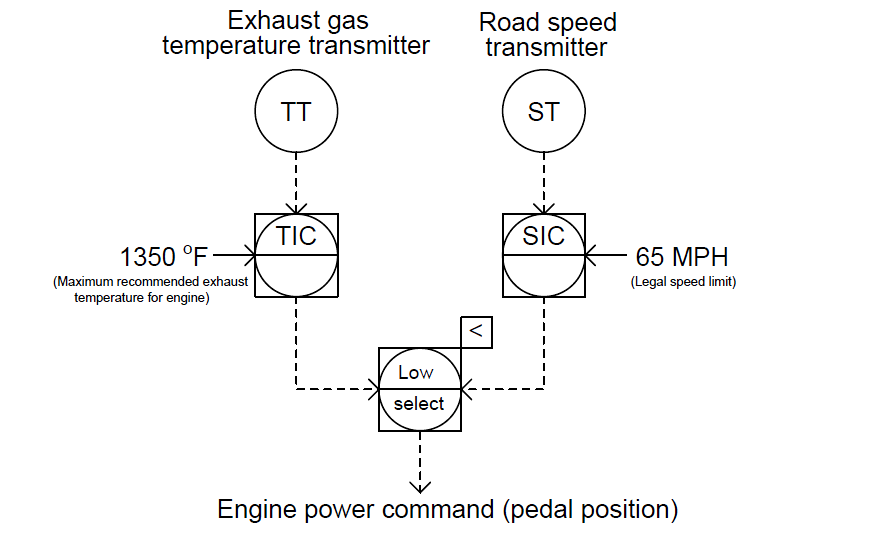
What is the need for an override control?
Suppose there is a process that controls the flow of a liquid. There is a control valve which turns on and off every time interval to regulate flow and allow the liquid to pass in a fixed time. But, suppose there arises a situation where the level rises to a dangerous point.
At this point, if just on and off control was used, then sufficient liquid would not be drained out. In this case, there comes a master control that will bypass the on-off control and just continuously keep the valve open. It will remain on till the level drains down to a normal level.
Once the normal level is reached, the on-off control will again come into the picture and control the liquid flow. This shows how important override control can prove as it bypasses a normal process and brings the critical processes into operation for the time being, till the situation becomes normal again. Thus, override control plays a very important role in instrumentation controls.
Though we have defined its need, the one area where this control faces an issue is the switching of control effects on a manipulating device. The device will have to take inputs from various controllers to manipulate the single variable.
In that case, whatever is the starting output of the controller; the device needs to attend to it. Random oscillations or huge differences in the outputs of controllers can have a prolonged effect on the process.
So, it is recommended that whenever you choose this system, make sure that the preceding controller shuts down smoothly and the succeeding controller starts up smoothly. This will not have any adverse effects on the device which is controlling the variable.
Applications of override control
- Boiler system
- Instrument protection and prevent it from failure or breakdown
- Compressor system
- Fuel gas system
- Automatic startup and shutdown of the system
- Burner pressure control
If you liked this article, then please subscribe to our YouTube Channel for Instrumentation, Electrical, PLC, and SCADA video tutorials.
You can also follow us on Facebook and Twitter to receive daily updates.
Read Next:
- Process Control Basic Fundamentals
- Limit, Selector, and Override controls
- Solenoid Valve Manual Reset Override
- What is a Maintenance Override Switch?
- Instrumentation Terms in Water System


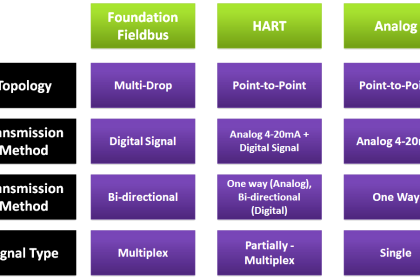

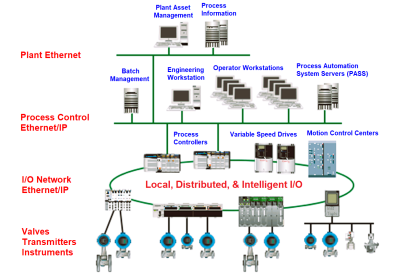
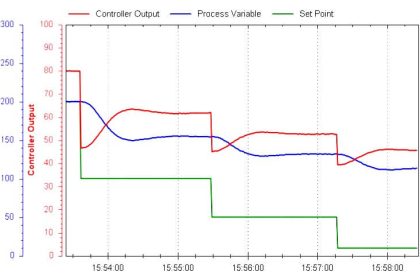




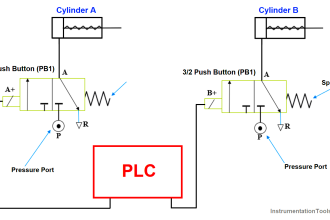
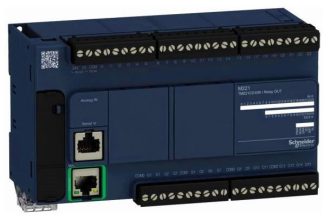
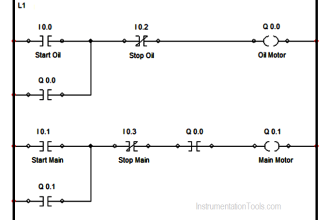
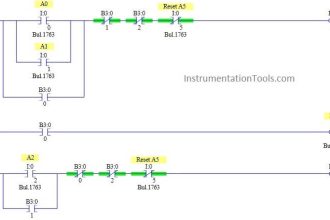



no comments.